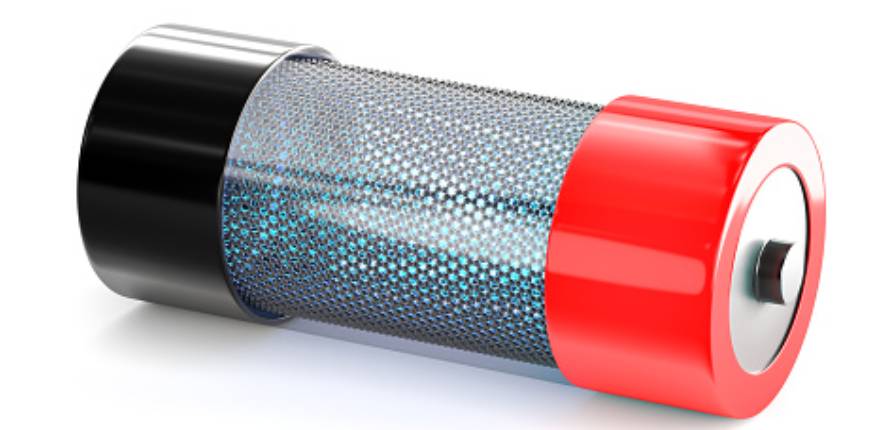Graphene is a sheet-like structure wherein the carbon atoms are latticed in a honeycomb-like network. It is being increasingly and extensively considered as a spectacular material for industrial uses, a most important one being as foundational material for batteries given the critically beneficial attributes that it holds. These attributes, including the potency to conduct high energy levels, be it thermal, electrical, or heat energy, and its lightweight structure, make it a potential future of batteries serving multiple uses in various fields. Not only this, but graphene is an inert yet flexible material with high surface area coverage. It has also been considered to offer stability as a battery. It is relatively more environment-friendly, making it the best battery technology choice that showcases a futuristic approach with unending applications in several industrial domains.
What makes graphene the future of battery technology
In terms of battery technology, the materials that are traditionally used as suitable for electrodes have shown a significant amount of improvement with the advent of graphene technology. This is because a graphene-based battery is not only extremely light with high durability but is also possibly the most appropriate choice for a high amount of energy storage with reduced time of charging and longer lifespans. Graphene, therefore, increases the lifespan of the battery that has been made using graphene instead of materials like lithium. Graphene material adds a greater level of conductivity for electricity and heat without actually needing the quantity of carbon that a conventional type of battery may require. Battery related attributes inclusive of energy density can be enhanced in numerous ways using graphene.
Capitalising high conductivity and fast charging
In addition to this, the functioning of the rechargeable batteries, including the lithium-ion batteries, can be improved by adding graphene material to the anode. Furthermore, it is capitalising on the high conductivity and high surface area properties of graphene to ultimately achieve optimisation in terms of performance and design, giving a new outlook to battery technology. It has also come forth that developing materials that are hybrid can prove to be useful for improvising the already existing properties of a battery. For example, certain mixtures of graphene with other compounds can contribute to grant fast charging and cyclic durability to the battery.
Conclusion
In most of these cases, the very structure of the backbone promotes better conductivity, ultimately improving the overall quality and worth of a battery, making graphene and graphene material hybrids the best choice for use in the near future. Not only has graphene revolutionised battery technology and the market, but it has given a new dimension to batteries that have all the desirable properties that one looks for in a battery. Also, the use of graphene in appropriate combinations with other compounds can yield astonishing results. C6 Energy focuses on the widespread manufacture and commercialisation of this graphene battery technology to satisfy consumer demands in the most fulfilling yet sustainable way.









